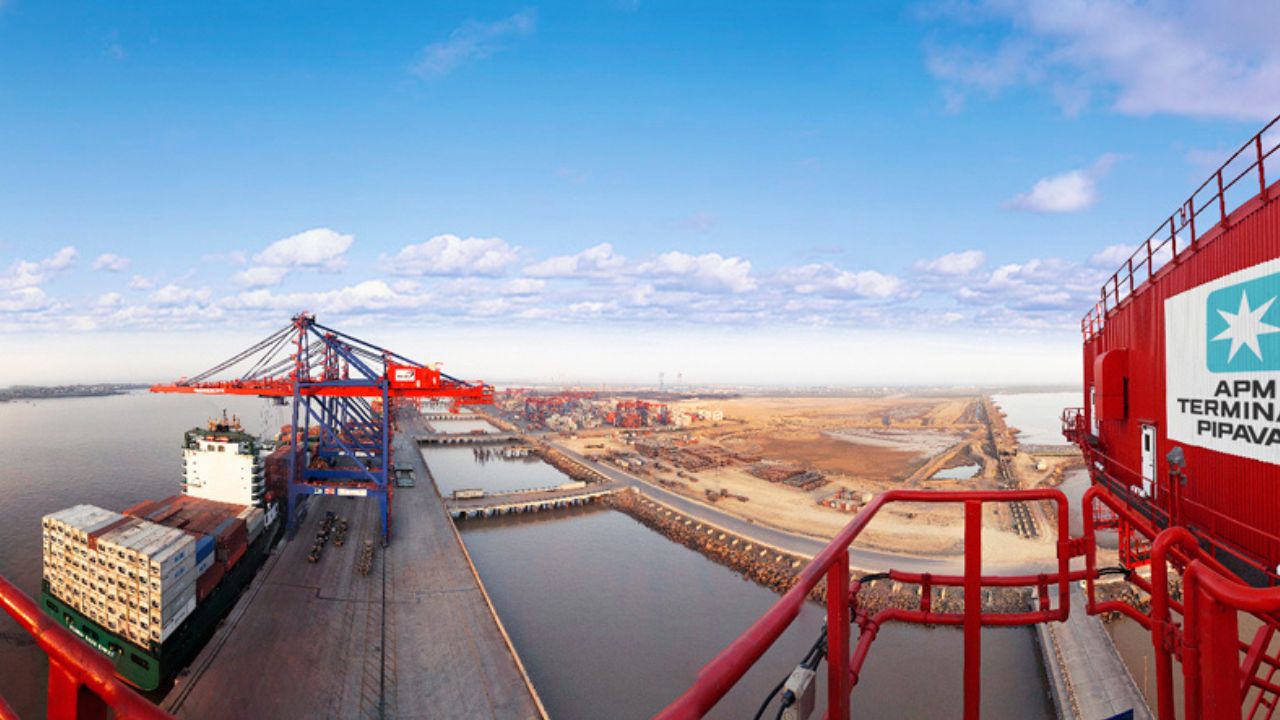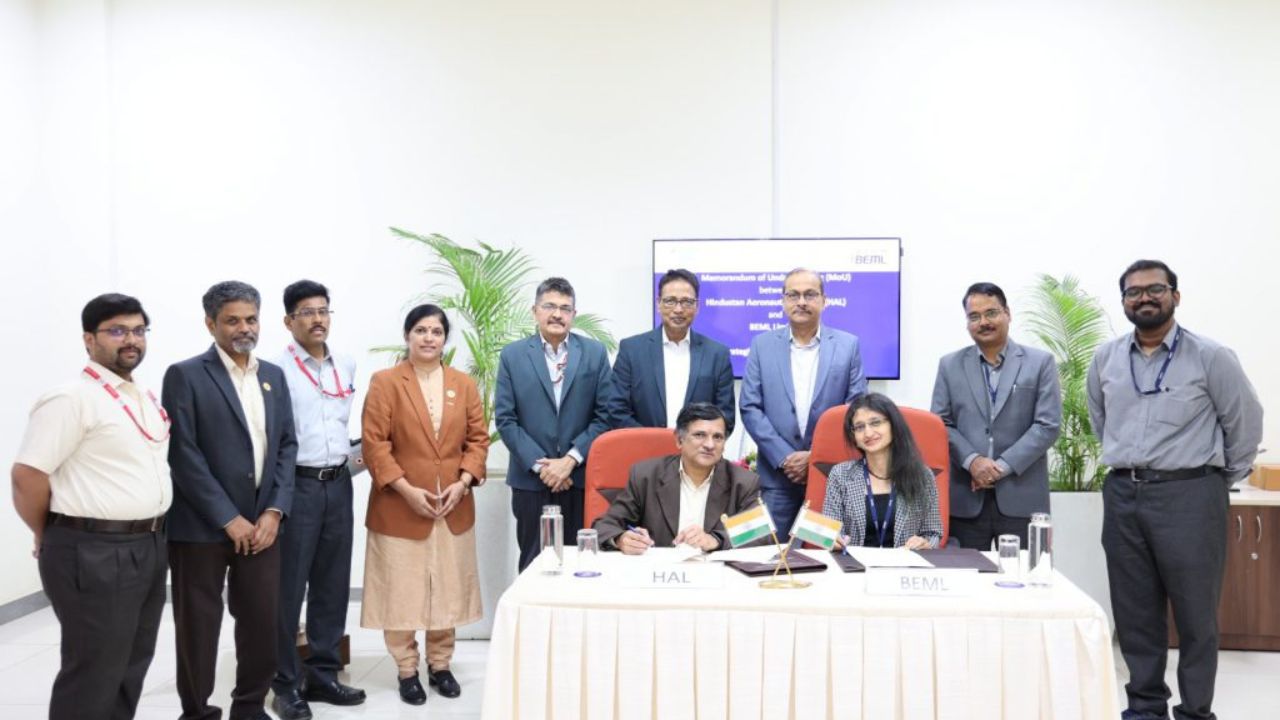Indian manufacturers end 2021 with strong gains in new business with PMI pointing to a robust improvement in overall operating conditions
#PMI #ManufacturingGrowth #Upturn #EconomicRecovery“The last PMI results of 2021 for the Indian manufacturing sector were encouraging, with the economic recovery continuing as firms were successful in securing new work from domestic and international sources. Higher sales underpinned a further upturn in production and companies carried on with their restocking efforts.” - Pollyanna De Lima, Economics Associate Director at IHS Markit

January 2022: The health of the Indian manufacturing industry improved further in December, with growth of new work and production remaining sharp in spite of losing momentum. Companies continued with their stock-building initiatives, as evidenced by another robust upturn in buying levels. Business confidence strengthened, but sentiment was again dampened by concerns surrounding supply-chain disruptions, COVID-19 and inflationary pressures.
Although input costs rose sharply, and at an above-trend pace, the rate of inflation eased to a three-month low. Companies in turn restricted the passing on of additional cost burdens to clients, with factory gate charges increasing at the slowest pace in over a year.
At 55.5 in December, the seasonally adjusted IHS Markit India Manufacturing Purchasing Managers’ Index (PMI) pointed to a robust improvement in overall operating conditions that was elevated by historical standards. This was despite the headline figure slipping from November’s ten-month high of 57.6.
Moreover, the latest quarterly reading was at 56.3, its highest since the final quarter of fiscal year 2020/21. Amid reports of strong demand conditions, fruitful marketing and new client wins, manufacturers observed a further increase in new orders during December. The upturn was sharp, despite being the slowest since September. Similarly, production rose at a sharp pace that was nevertheless the weakest in three months.
Indian manufacturers reported another monthly increase in overall cost burdens. The rate of inflation eased to a three-month low, but remained sharp and above its long-run average. Companies reported higher prices paid for a wide range of items, including chemicals, foodstuff, electronic components, metals and textiles.
Commenting on the latest survey results, Pollyanna De Lima, Economics Associate Director at IHS Markit, said: “The last PMI results of 2021 for the Indian manufacturing sector were encouraging, with the economic recovery continuing as firms were successful in securing new work from domestic and international sources. Higher sales underpinned a further upturn in production and companies carried on with their restocking efforts. Manufacturers were optimistic that output would continue to increase in 2022, but business sentiment was somewhat tamed by worries surrounding the path of the pandemic, inflationary pressures and lingering supply chain disruptions. There were tentative signs that inflationary pressures started to subside, but companies weren’t particularly confident that such trend would continue. Despite easing in December, input cost inflation was still running at one of its highest rates in around seven-and-a-half years. The vast majority of firms nevertheless decided to keep their selling prices unchanged, in order to boost sales, with overall charges up only marginally in December.”
Output charges rose as some companies transferred higher cost burdens through to clients, but the overall rate of inflation was only slight and the weakest since October 2020. Concerns over elevated price pressures hampered business confidence in December, with firms also worried that the pandemic and supply-chain issues could dampen the recovery next year. The overall degree of optimism remained below its long-run average, despite improving from November’s 17-month low.
Spending trends were mixed, with employment falling fractionally in response to a lack of pressure on capacity, but firms purchasing additional inputs amid restocking efforts. Buying levels increased substantially in the latest month. Input inventories expanded as a result, while holdings of finished goods continued to decline as companies fulfilled rising sales from existing stocks.
As for supply chains, manufacturers again reported longer lead times on inputs. In fact, vendor performance worsened to the greatest extent since August 2020. Delays were commonly associated with raw material scarcity among distributors. Finally, international demand for Indian goods continued to improve in December. New export orders rose for the sixth month in succession, albeit only slightly.
NEWSLETTER
TRENDING ON PRO MFG
MORE FROM THE SECTION









